What's the difference between Korean cedar and pine if it's almost a panacea?
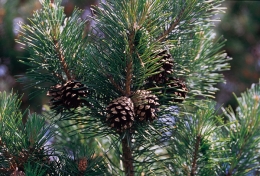
Even in hoary antiquity, this majestic coniferous plant was called cedar. Since then, everyone knows this ordinary five-needled pine as Korean cedar.
Content:
Biological properties
This prickly giant has become not just an ornament, but the real soul and pride of the boundless taiga. The lifespan of cedar is up to half a thousand years! And it’s not surprising, because its height reaches 45 meters, and its diameter is more than one and a half meters.
Its needles are kept on low shoots, each with bunches of 5 pieces. The length of the needle is from 8 to 20 centimeters, its width is up to 2 millimeters. The needles are green with a bluish tint, soft, divided into 3 rough edges with pointed ribs. Each needle can live more than 5 years.
cedar bark – brown with a gray and purple tint. It is thin, very exfoliated, and over the years it splits into separate sheets of chaotic shape. The greenery of the tree is lush, the shape of a young cedar is elongated and round, and closer to the middle of its age it is conical. Many trees have several peaks at once, because their fragile branches break under the weight of the cones.
The best harvest of pine nuts is every third or fourth year. Under natural conditions, the tree bears fruit after 5 years and up to 120. In artificial plantings, the yield is, of course, much weaker, and fruiting lasts up to a maximum of 30 years of age. And this is only in excellent lighting.
Korean cedar grows in Russia in the Far East, where its forests are very common. Various types of animals, including industrial ones, find food and a place to live in them. Despite the limitlessness of the area planted with cedar trees, today there are very few - less than 3 percent of all forests in the region. Ill-considered cutting of wood contributes to the reduction of the cedar's habitat.
Today it has become very fashionable to use Korean cedar in landscape design. Moreover, he quite steadfastly endures the conditions offered to him. True, you cannot get the same size and yields as in natural conditions. But the aesthetic pleasure that a plant gives people is no less important.
In order not only to save, but also to increase Korean cedar plantations, you need to use it wisely. To do this, tree cutting must be done only for sanitary purposes. It is also important to plant young cedar trees on time.
Medicinal value of cedar

A huge number of very rare medicinal herbs grow in cedar thickets, including:
- Schisandra
- Ginseng
- Zamanikha
- Eleutherococcus and many others
But Korean cedar itself also has well-known healing properties. Moreover, if not everything, then almost everything in it is useful:
- wood
- nuts
- needles
- sap
- and even air
Yes, yes, the oxygen released by these trees is indeed very useful. Even the most resistant microbes cannot survive in it; it invigorates, increases strength and softens asthenic conditions. Scientists have discovered that the air in a cedar forest is cleaner than in the most sterile operating room, spruce or pine forest.
Therefore, doctors recommend relaxing in cedar plantations. It would be wise to plant this tree near a gazebo or other place where you can sit and relax.Or you can simply put a bench under the cedar itself to inhale its purest spirit.
From time immemorial, folk healers have included pine needles in potions for disinfection, increasing the flow of urine and sweating. Medicines based on it were used to treat coughs and varying degrees of scurvy. A decoction of cedar needles can be drunk and used during inhalations. It helps cure heart and vascular diseases. It is used as a multivitamin product that helps restore strength lost by the body during prolonged painful conditions, serious wounds and complex operations.
You can rinse your mouth pine needle infusion, which will help strengthen gum tissue and improve the composition of dentin. Needles easily treat even migraines. And lotions and baths with pine needles help overcome skin and joint problems.
The inhabitants of Siberia have always used fresh bark as a wound healing agent. An infusion of bast is indicated for tuberculosis and festering wounds. It seems that this plant contains everything a person needs for health. Just take it and live forever!
Healing products
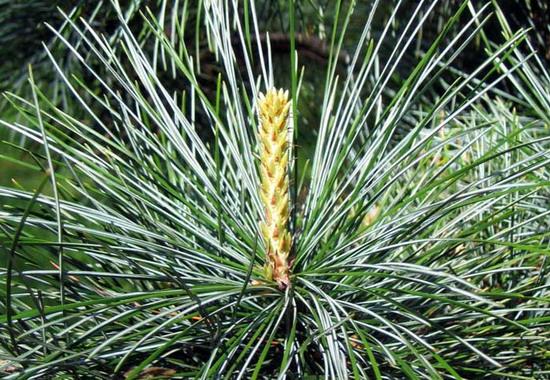
Korean cedar gives enough valuable nuts - a delicious delicacy and an excellent invigorating product that promotes health. If you systematically eat Korean cedar nuts, they will increase the body’s protective potential, normalize blood pressure, and protect against the deposition of sclerotic plaques in the blood vessels.
Cedar needles are a source of valuable oil, included in the drug for healing the liver and kidneys.
Even in ancient times, the Greeks made medicinal turpentine from cedar resin. Cedar resin was brought to a high temperature in vats covered with woolen cloth. At the same time, a heavy amber liquid fell down and solidified into rosin.The wool collected fumes in the form of turpentine, which were released by the resin. The fabric was sometimes wrung out to collect the same turpentine.
These oleoresin products were made in the ancient Greek city of Colophon, which gave the name to today's rosin. The Egyptians used the resin to preserve sarcophagi and embalm mummies.
Cedar resin is an excellent antiviral and antibacterial agent. And cedar balsam, a sterile resin, has always been indispensable during the treatment of festering wounds, burns and boils.
Korean cedar produces a resin that is used internally for trophic ulcers and lung diseases. Turpentine is used to make camphor, which is used for nervous weaknesses. Turpentine itself is added to ointments for joints, rubbing against neuralgia, compresses for colds and coughs.
The invaluable healing qualities of Korean cedar are far from its only advantage. It’s even more pleasant that you can grow it even at home.
Educational video about Korean cedar:
Interesting information about the vegetable garden

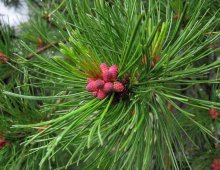
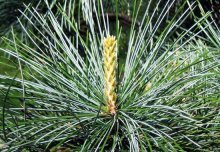
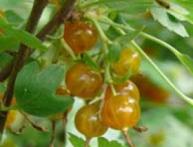
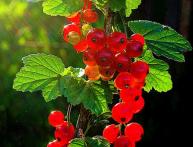
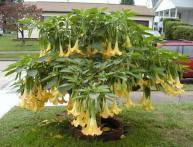
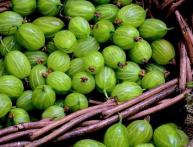

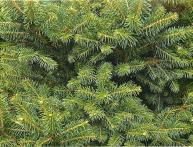
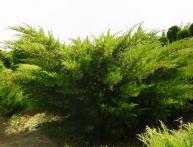
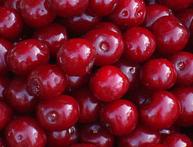
Comments
There is no doubt that the benefits of cedar are greater than those of pine. I have several pine trees on my property, some of which have suffered from aphid attacks. Do aphids also spread to cedar?